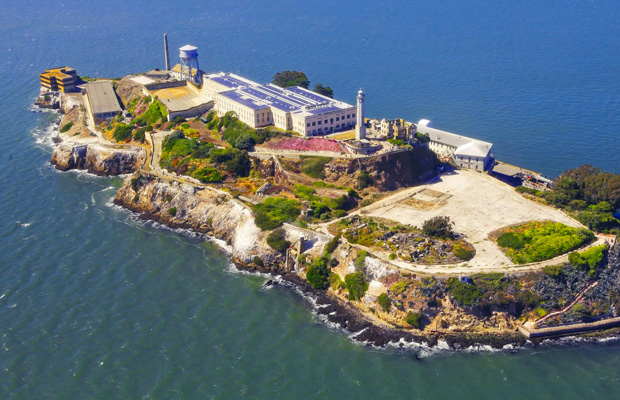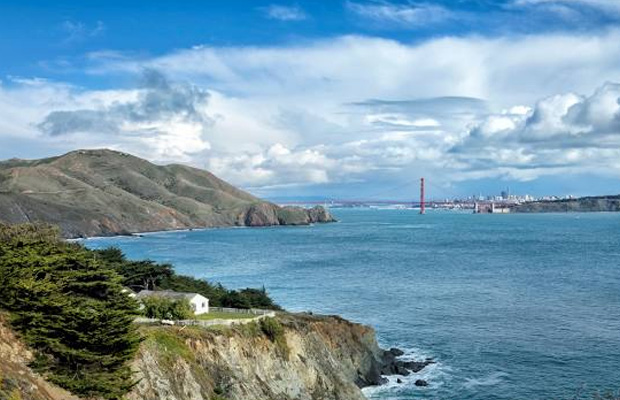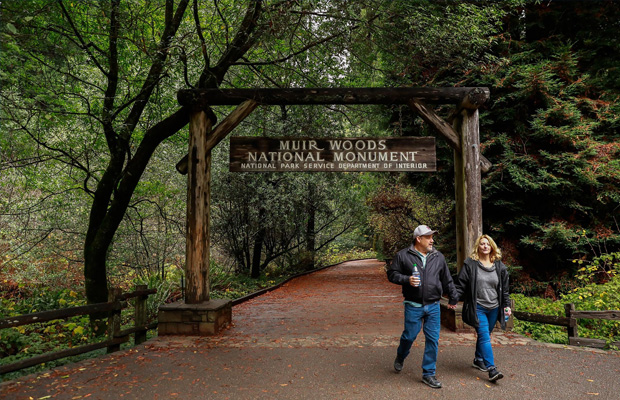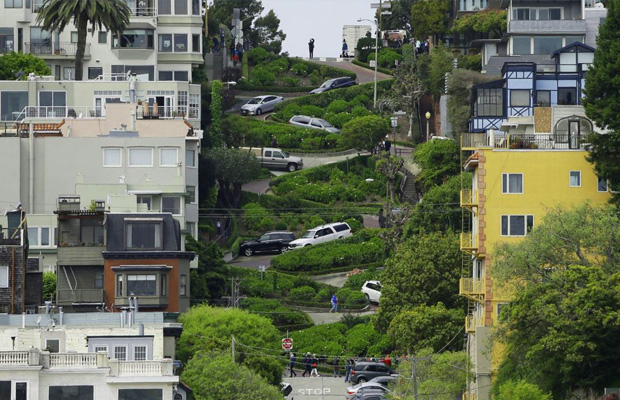Alcatraz Island
Alcatraz Island
USA
San Francisco
San Francisco Travel Guide
Book Tour & Activities
Your tour in San Francisco.
Book your stay
Your hotel in San Francisco.
Overview
Alcatraz Island is located in San Francisco Bay, 1.25 miles offshore from San Francisco, California, United States. The small island was developed with facilities for a lighthouse, a military fortification, a military prison, and a federal prison from 1934 until 21 March 1963.
The water currents around the island were high at all times, which presumably decreased the chance of an inmate escaping. Beginning in November 1969, the island was occupied for more than 19 months by a group of Native Americans from San Francisco, who were part of a wave of Native American activism across the U.S., with public protests through the 1970s. In 1972, Alcatraz became part of Golden Gate National Recreation Area and received designation as a National Historic Landmark in 1986. Today, the island's facilities are managed by the National Park Service as part of Golden Gate National Recreation Area; it is open to tours. Visitors can reach the island in a little under 15 minutes by ferry ride from Pier 33, located between the San Francisco Ferry Building and Fisherman's Wharf, San Francisco.
History
The first European to document the island was Spanish naval officer and explorer Juan Manuel de Ayala during Spanish rule of California, who charted San Francisco Bay in 1775. He named one of the three islands "La Isla de los Alcatraces", which translates as "The Island of the Gannets" but is commonly believed to translate as "The Island of the Pelicans (Spanish for Pelicans is Pelícanos)", from the archaic Spanish alcatraz ("pelican").
Over the years, the Spanish version "Alcatraz" became popular and is now widely used. In August 1827, French Captain Auguste Bernard Duhaut-Cilly wrote "... running past Alcatraze's (Pelicans) Island ... covered with a countless number of these birds. A gun fired over the feathered legions caused them to fly up in a great cloud and with a noise like a hurricane."[13] The California brown pelican (Pelecanus occidentalis californicus) is not known to nest on the island today. The Spanish built several small buildings on the island and other minor structures.
Fort Alcatraz
The earliest recorded private owner of the island of Alcatraz is Julian Workman, to whom it was given by Mexican governor Pio Pico in June 1846, with the understanding that Workman would build a lighthouse on it.[14] Julian Workman is the baptismal name of William Workman, co-owner of Rancho La Puente and personal friend of Pio Pico. Later in 1846, acting in his capacity as Military Governor of California, John C. Frémont, champion of Manifest Destiny and leader of the Bear Flag Republic, bought the island for $5,000 in the name of the United States government from Francis Temple.
In 1850, President Millard Fillmore ordered that Alcatraz Island be set aside specifically as a United States military reservation,[11] for military purposes based upon the U.S. acquisition of California from Mexico following the Mexican–American War.[17] Frémont had expected a large compensation for his initiative in purchasing and securing Alcatraz Island for the U.S. government, but the U.S. government later invalidated the sale and paid Frémont nothing. Frémont and his heirs sued for compensation during protracted but unsuccessful legal battles that extended into the 1890s.
Following the acquisition of California by the United States as a result of the Treaty of Guadalupe Hidalgo (1848) which ended the Mexican–American War, and the onset of the California Gold Rush the following year, the U.S. Army began studying the suitability of Alcatraz Island for the positioning of coastal batteries to protect the approaches to San Francisco Bay. In 1853, under the direction of Zealous B. Tower, the United States Army Corps of Engineers began fortifying the island, work which continued until 1858, when the initial version of Fort Alcatraz was complete. The island's first garrison, numbering about 200 soldiers, arrived at the end of that year.
When the American Civil War broke out in 1861, the island mounted 85 cannons (increased to 105 cannons by 1866) in casemates around its perimeter, though the small size of the garrison meant only a fraction of the guns could be used at one time. At this time it also served as the San Francisco Arsenal for storage of firearms to prevent them falling into the hands of Confederate sympathizers.[18] Alcatraz, built as a "heavily fortified military site on the West Coast", was to form a "triangle of defense" with Fort Point and Lime Point, but the contemplated work on Lime Point was never built. The first operational lighthouse on the West Coast of the United States was also built on Alcatraz. During the war, Fort Alcatraz was used to imprison Confederate sympathizers and privateers on the west coast, but never fired its guns at an enemy.
“Binghamton University archaeologist Timothy de Smet and colleagues located historical remains beneath the former recreation yard of the Alcatraz Federal Penitentiary.” Using ground-penetrating radar data and georectifications, Smet and colleagues uncovered structures, including “a “bombproof” earthwork traverse along with its underlying vaulted brick masonry tunnel and ventilation ducts,” in surprisingly good condition.[20] Archaeologists also found the remains of ammunition magazines, and tunnels below the penitentiary that was built later.
Address: San Francisco, CA 94133, United States
Area: 9 ha
Max length: 511 m
Elevation: 41 m
Established: January 17, 1986
Video Travel Inspiration
See Alcatraz Island on Map
Most Popular Cities

Siem Reap
Cambodia
Ho Chi Minh City
Vietnam
Beijing
China
Paris
France
London
United Kingdom
New York
USA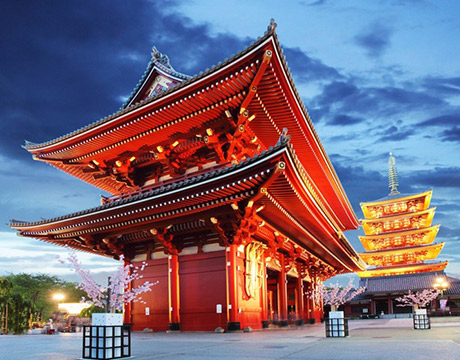
Tokyo
Japan
Bangkok
Thailand
Seoul
South Korea
Vientiane
Laos
Yangon
Myanmar
Washington DC
USA
Los Angeles
USA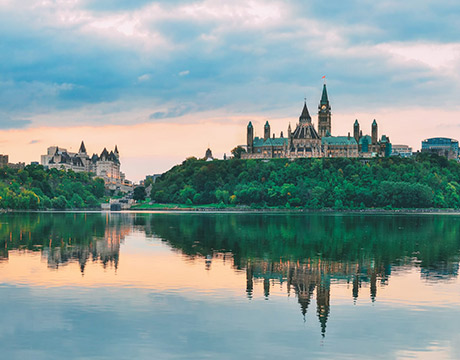
Ottawa
Canada
New Delhi
India
Singapore
Singapore
Kuala Lumpur
Malaysia
 English
English French
French Khmer
Khmer Thai
Thai Vietnamese
Vietnamese Chinese
Chinese Korean
Korean German
German Japanese
Japanese Italian
Italian Russian
Russian Spanish
Spanish Dutch
Dutch Indonesian
Indonesian Malay
Malay
